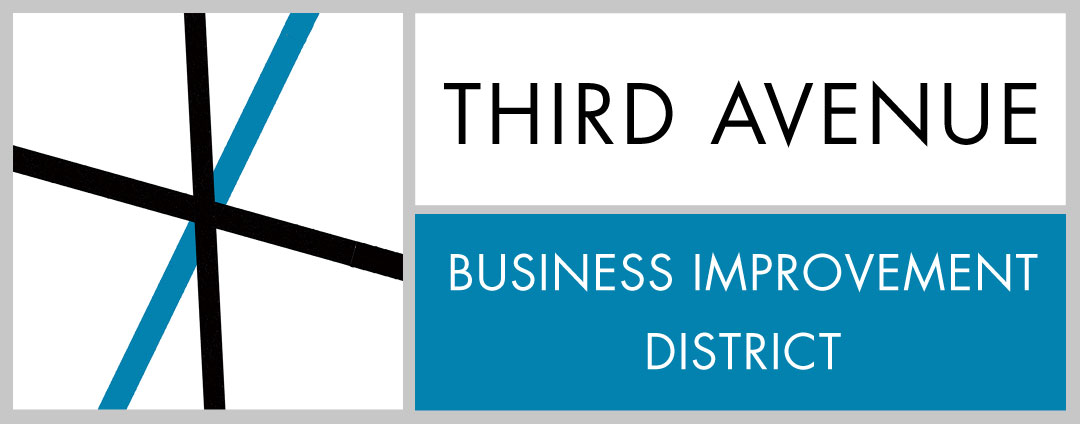The South Bronx:
Bold, Beautiful, Diverse….
The South Bronx has a rich cultural history and is home to thriving Dominican, Puerto Rican, Mexican, African American and West African communities. While the South Bronx is comprised of a conglomerate of neighborhoods, Third Ave BID services the Melrose and Mott Haven neighborhood in Community District 1.
According to the 2015 Bronx Community District 1 Community Health profile, 72% of our community is Hispanic, 25% is Black and 2% is White. What’s more, 28% of our community is foreign born and 36% have limited English proficiency.
the South Bronx is, and has a history of being, one of the poorest neighborhoods in NYC. we are changing that with equitable economic development programs that build wealth in and for our community.
While issues of poverty and unemployment are not unique to NYC, the South Bronx’s history of disinvestment and disenfranchisement has positioned itself to historically bear the adverse consequences of social or economic tensions in the City. In order to fully understand the plight of the South Bronx, we must examine its history at the start of the twentieth century.





